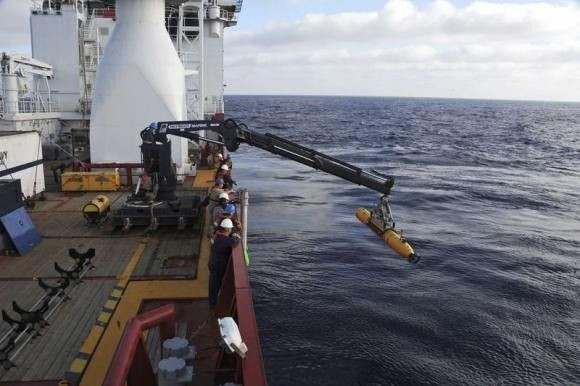Australia-China naval exercises on schedule despite US patrolling in South China Sea

Australia and China will go ahead with their planned joint military exercises scheduled for November first week despite the US patrol at the South China Sea.
Washington's action of moving a guided-missile destroyer USS Lassen recently, within 12 nautical miles ( 22.2km ) of the disputed Spratly archipelago had angered Beijing.
That the naval exercise will continue has been reconfirmed by Australia’s defence minister, Marise Payne. She said the planned military exercises with China will proceed and denied media reports that they will be delayed.
“There have been no changes or delays to the schedule of the HMAS Arunta and HMAS Stuart since the United States activity in the South China Sea on 27 October 2015,” Payne said, The Guardian reports.
She said the Royal Australian Navy has a long history of engagement with regional navies and it conducts port visits and exercises with many countries including China.
China ties
For Australia, South China Sea issue related tension calls for a delicate approach. While many states in the region and US are expressing concern over China's actions in south China Sea as thwarting free navigation, Australia is trying a balancing act with both the powers by proceeding with the naval exercises.
Though Australia also supported the American patrol in South China Sea by declaring “strong support” for freedom of navigation, it has strong trade ties with both China and US.
With China, Australia is seeking to bolster economic ties. The free trade agreement signed in 2014 is a case in point. At the same time, it also partnered with the US-led Trans-Pacific Partnership, which is the trade pact by a dozen Pacific-rim countries sans China.
All options open
Despite the naval exercises with China in November, Australia has not ruled out future patrol operations with the US. Payne's statement that Australia had “a legitimate interest in the maintenance of peace and stability, respect for international law, unimpeded trade and freedom of navigation and overflight in the South China Sea," assumes significance.
Peter Jennings, a former deputy secretary at Department of Defence and currently executive director the Australian Strategic Policy Institute also said there is nothing unusual in Australia conducting exercises with China.
“They tend to be at the smaller end of naval exercises, which reflects the fact that while we have a defence relationship with China, it’s not especially well developed and by no means as close as we have with many other countries,” said Jennings.
The Royal Australian Navy is the only Western defence force that had "live-firing” exercises with the Chinese Navy. The early exercises date back to 2011, reported ABC News.
For feedback/comments, contact the writer at feedback@ibtimes.com.au or let us know what you think below.





















